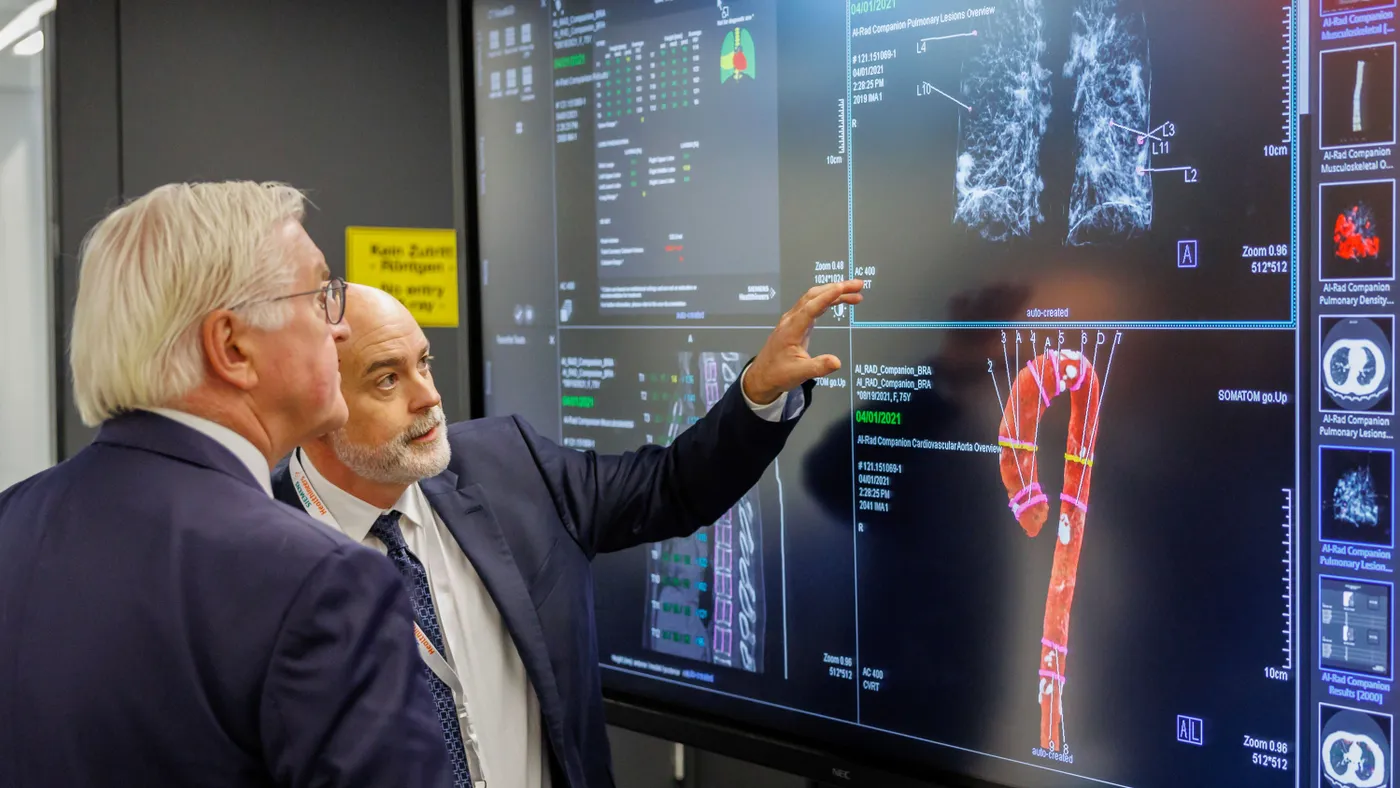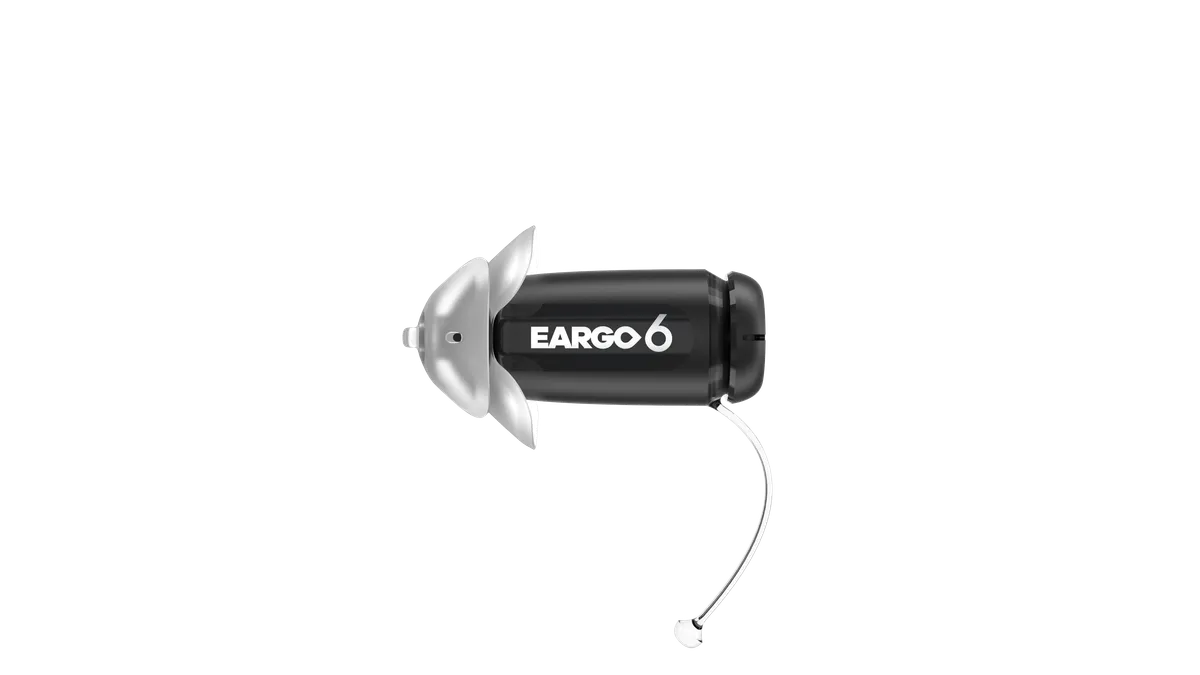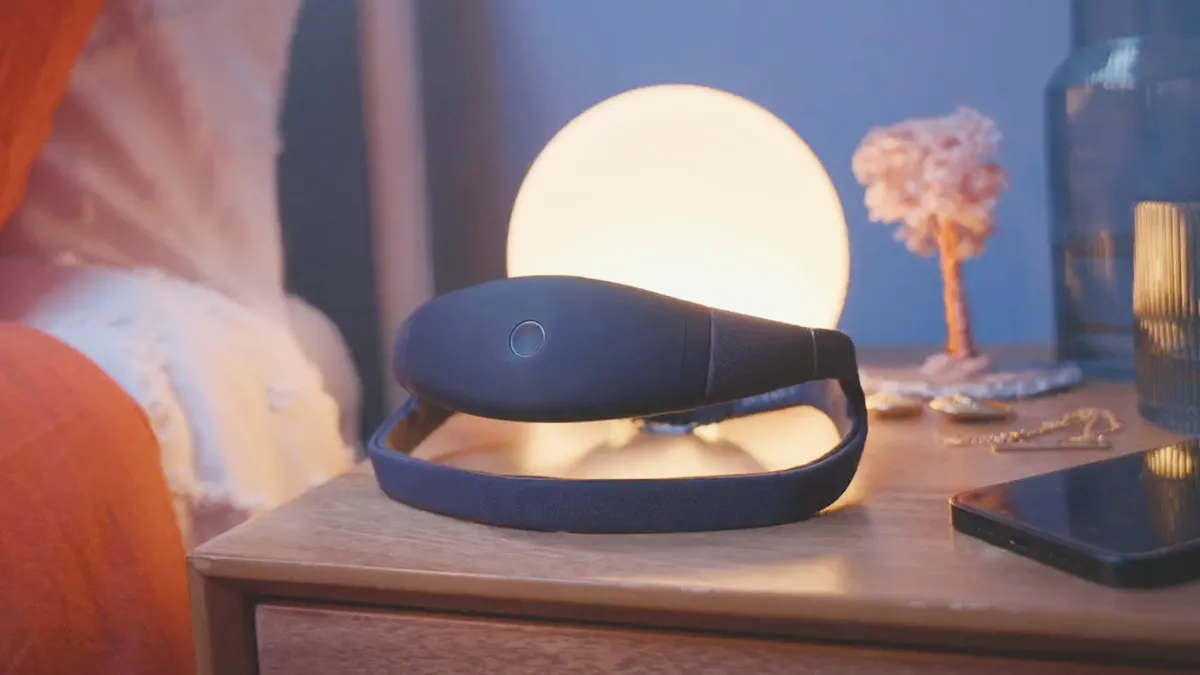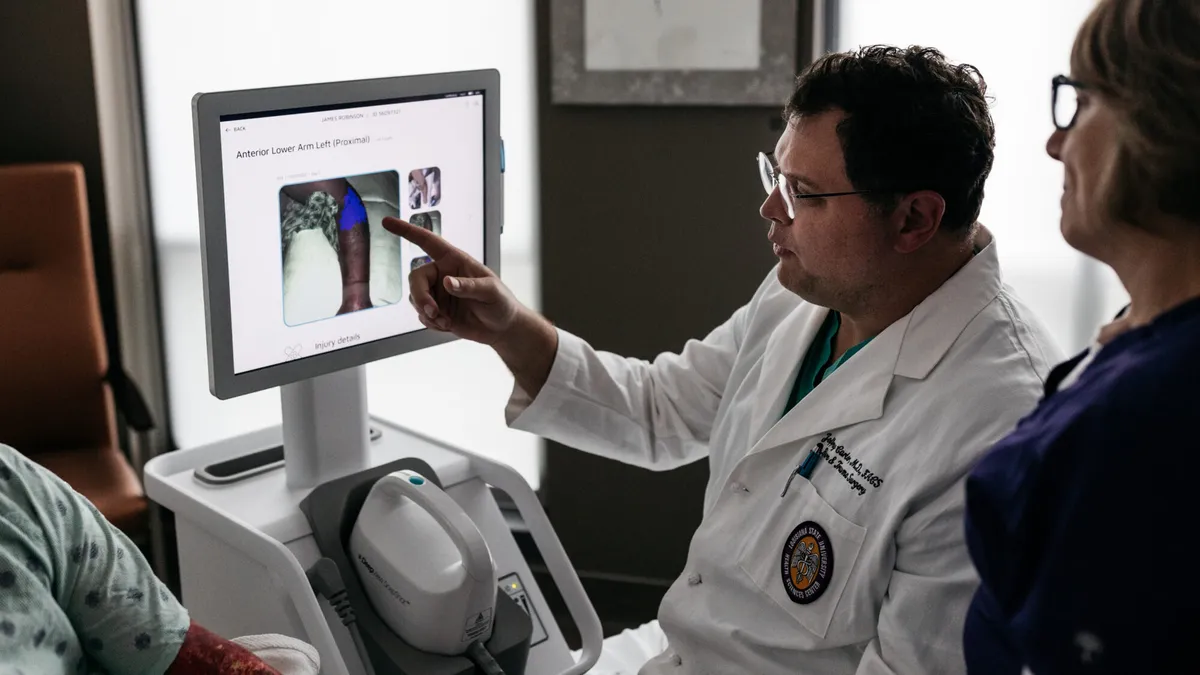The number of medical devices with artificial intelligence technology has risen sharply in the past decade.
The Food and Drug Administration has authorized 950 AI or machine learning-enabled devices as of Aug. 7, 2024, according to the agency’s database. While the FDA authorized the first AI-enabled device in 1995, the number of submissions has spiked in recent years.
In 2015, the FDA authorized six AI medical devices. In 2023, the agency authorized 221 devices, according to data reviewed by MedTech Dive.
The trend has been driven by more connected devices, more investment into AI and machine learning and growing familiarity with how software is regulated as a medical device, experts said in interviews.
“We’re definitely seeing huge increases in investment. There’s no doubt about that,” said Jennifer Goldsack, CEO of the Digital Medicine Society, an industry group for digital health.
Examples of AI in medical devices
AI-Rad Companion: Siemens Healthineers developed this feature to help provide quantitative and qualitative measurements of clinical images, and analysis of clinical data.
LumineticsCore: This software, developed by Digital Diagnostics, can automatically detect diabetic retinopathy by analyzing images. Unlike most other AI medical devices, it does not require a specialist to make a diagnosis.
Atrial fibrillation history feature: Apple received FDA clearance for this feature in 2022, which uses Apple Watch data to show users how often they had signs of a common heart arrhythmia in the last week.
Large medtech firms including GE Healthcare, Siemens Healthineers and Medtronic are incorporating AI into equipment and building standalone software tools. Startups such as Aidoc, RapidAI and Butterfly Network are creating targeted solutions to help flag health conditions and improve ultrasound imaging.
Companies outside of the medical device space are also getting involved. Apple has developed features that use data from its watches to detect heart arrhythmias. Chipmaker Nvidia has partnered with medical device companies including Medtronic and Johnson & Johnson to help build out their use of AI.
Authorized AI/ML devices
AI-enabled medical devices can be used to improve the quality of images, reduce scan times and help clinicians make a diagnosis or prepare for surgery.
MedTech Dive analyzed the FDA’s list at the end of September. The data show a steep increase in the number of AI-enabled devices going through the regulator over the past 10 years. The data also show a field dominated by imaging, but companies are expanding into other specialties.
These graphs will be updated as new data becomes available.
The FDA is authorizing more AI devices each year
The number of submissions for AI/ML-enabled devices to the FDA grew almost at an exponential rate between 2015 and 2023.
So far in 2024, the FDA has authorized 107 devices, which is on track to meet 2023’s mark. David Niewolny, Nvidia’s director of business development for healthcare, said he has been working on connected medical devices since 2007. At the time, connected medical devices were a “vision,” but people were still figuring out how to get the data out of the devices and where it should be stored, he said.
“We're now at a point where all of these devices do generally have some form of connectivity. Everyone is feeling the pressure to innovate faster,” Niewolny said, adding that this is the “first time in my career where I see all the technology pieces are put together.”
Radiology accounts for the majority of devices
More than three-quarters of the AI-enabled devices authorized to date were in radiology. They include features to improve the quality of images, help position patients for scans, optimize radiation dosing and flag potential health conditions.
On the FDA’s list, 55 devices were described as radiological computer-assisted triage and notification software and 24 were systems for planning radiation therapy treatment.
Companies are developing more AI-enabled devices in other areas. For example, cardiovascular was the second most prevalent specialty, with 98 devices on the FDA’s list. Some examples of AI-enabled heart devices include electronic stethoscopes and software that uses electrocardiogram data to detect heart arrhythmias or signs of heart failure.
“These are specialty areas that are confident in these tools and have been using them for a while,” Goldsack said. “What's going to be interesting is as we start to see more of these products in specialty areas that perhaps don't have 15 years of experience with these products … when are we starting to see new groundswells in new therapeutic areas?”
Nvidia’s Niewolny sees robotics as an emerging field for AI applications. Before surgery, software could pull information on a patient’s medical history and other relevant data. During a procedure, augmented reality applications could help a surgeon visualize imaging data on the patient in front of them, he said. After surgery, AI could also read video footage to provide analytics or create a report.
“What started in the radiology suite is now migrating to other areas of the hospital,” he said.
GE Healthcare, Siemens Healthineers lead in AI medical devices
GE Healthcare and Siemens Healthineers have topped the list with the most AI-enabled devices since MedTech Dive first analyzed the FDA’s data in 2022.
GE Healthcare had 81 AI devices authorized as of Aug. 7, 2024. One of its flagship AI products, Air Recon DL, was launched in 2020. Jan Beger, GE Healthcare’s head of AI advocacy, said the algorithm can enhance image quality and reduce the time for MRI scans by up to 50%. The company has scanned more than 34 million patients using the software as of October.
Beger broke down GE Healthcare’s approach to AI into three groups: products like Air Recon DL that are used to make imaging more efficient, AI that pulls data from a variety of sources to help clinicians make decisions and enterprise-level systems for planning.
Sometimes, these features are built into the imaging devices the company sells. In other cases, GE Healthcare sells them as a separate subscription.
“Overall, the idea with AI is really, how can we automate tasks which are redundant, repetitive, mundane?” Beger said.
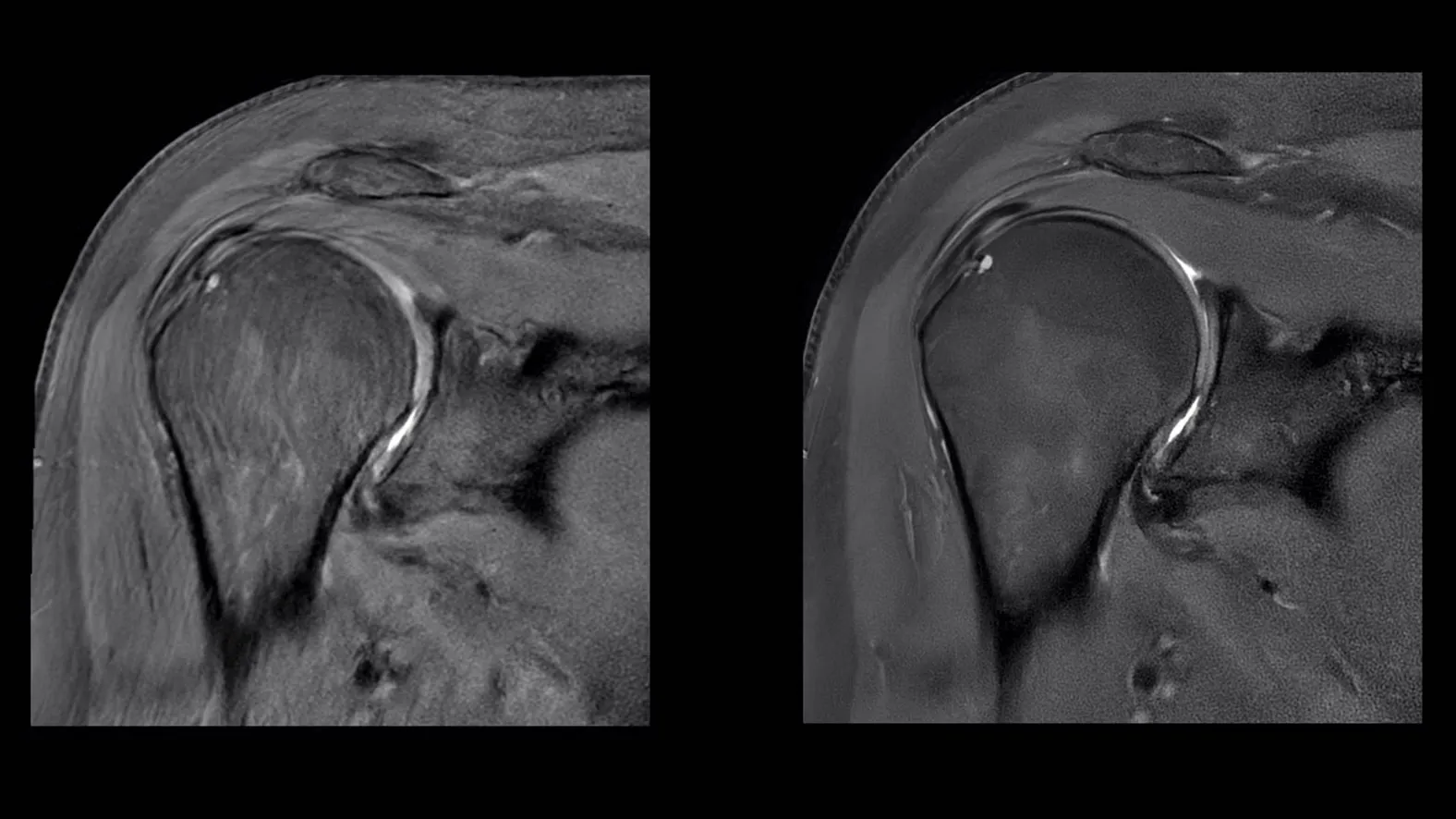
GE Healthcare has also recently purchased companies making AI products, including Caption Health, which makes guidance software for ultrasound imaging; MIM Software, which makes software for cancer treatment and radiation dosing; and BK Medical, which makes ultrasound machines used to guide surgeons through procedures.
Beger said his interest is not in point solutions, such as software to triage for certain conditions, but more around “foundation models” that can be tweaked for a specific purpose.
Siemens Healthineers had 70 AI-enabled devices on the FDA’s list. Peter Shen, Siemens Healthineers’ head of digital and automation for North America, said the company’s AI products include features built into imaging machines and diagnostic algorithms. For example, the company makes a feature to help position a patient on an MRI scanner for an optimal image, and it also makes algorithms to help clinicians diagnose conditions such as coronary artery calcification.
Radiation therapy treatment planning is a big area of focus for Siemens Healthineers, Shen said. The goal is to target a cancer tumor while avoiding exposing the surrounding healthy tissue to radiation. AI can help clinicians find the best contour to target the radiation, allowing them to build a treatment plan faster, Shen said.
Looking to the future, Shen is most interested in multimodal AI, which brings together different pieces of data, such as imaging, laboratory results and a patient’s medical history. This could help support decisions, such as whether to do a biopsy on a tumor or how much radiation to give a particular tumor, Shen said.
“It's not anything that replaces any sort of decision, but really respects that relationship that the physician has with his or her patient, and is there to provide more information or data so that he or she can make that proper decision for the patient,” Shen said.
Most AI devices go through the FDA’s 510(k) pathway
The FDA has cleared an overwhelming majority of AI devices through its 510(k) pathway, which is less rigorous, faster and cheaper than the agency’s other market authorization options. About 97% of AI-enabled devices on the list were 510(k) cleared as of August 2024.
The 510(k) pathway, for moderate-risk devices, means applicants have to prove their device is “substantially equivalent” to a predicate that has already been authorized by the agency.
Twenty-two devices went through de novo classification, which is for low- to moderate-risk devices with no predicate. Just four AI-enabled devices received premarket approval, the most rigorous pathway for high-risk devices.
The FDA says all devices on the list must be validated and must include an evaluation of appropriate study diversity based on the device’s intended use and technological characteristics. Still, patient advocates have called for stronger controls.
Many AI tools are also exempt from FDA regulations. The agency does not regulate software intended to help with administrative tasks such as scheduling, managing inventory and processing finances, according to the Pew Charitable Trusts.
Software intended to help clinicians make decisions has been a gray area. The FDA issued guidance in 2022 clarifying that AI intended to make specific recommendations around a diagnosis or treatment — such as flagging potential cases of sepsis using patient information — should be considered a medical device, while software that matches patient data with current treatment guidelines for common illnesses would be exempt.

